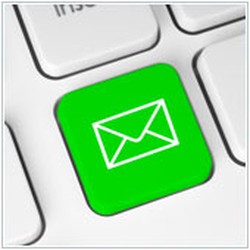Writing Better Emails

Have you ever received an email and were clueless as to what the sender wanted? Have you ever sent an email with what you thought was a simple request, only to receive a confused response from the recipient? As emails become the choice communication in today’s world, we are finding that this practice can negatively influence our productivity. The solution to mitigate this problem; better email writing. Writing well defined emails can help to ensure that you’re getting your message across. Spend less time clarifying baffling email content and more time on the tasks at hand.
Here are six tips that may help you get your message across, the first time.
Be specific with what you expect
Almost all of the emails you send are in need of a reply, to gain information, or to ask a question. Take a minute to process why you are writing this email and what would you like to gain from the recipient’s reply. If you are unable to answer these two questions, you should consider contacting the recipient through another medium.
Get to the point
People are busy and they do not always take the time to read through the entire email each time and tend to read the first few lines and skip to the end of the email. Try reformatting your email style by placing the most important part, the action part you need from them at the beginning of the email, followed by the background information.
Lists
Be more efficient with your email formatting. Instead of writing wordy, lengthy paragraphs for each point, break your ideas/reasons/arguments into a simple list or main ideas in a single sentence per idea.
KISS
KISS stands for Keep it Simple and Straightforward. Email is not the medium to write long essays or reports. Get right to the point and provide the essential information. If there is a need to write a lengthy document or long report, put these into a word document and attach them to the email. The email will only need a brief overview, highlighting the most important parts.
Relevant subject line
Subject line is the title of your email. A well written subject line will enhance the chance that your email will be opened. A good rule of thumb would be to write your email content first, then the subject line.
Proofread Everything
Always read over your email after you finish writing it, make sure that the content makes sense. Look for any obvious spelling and grammar errors. The best way to find errors is to walk away from it for a few minutes and then reread it.
